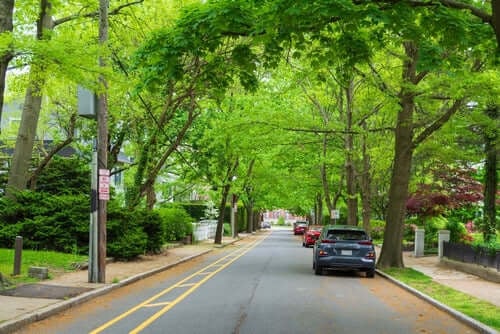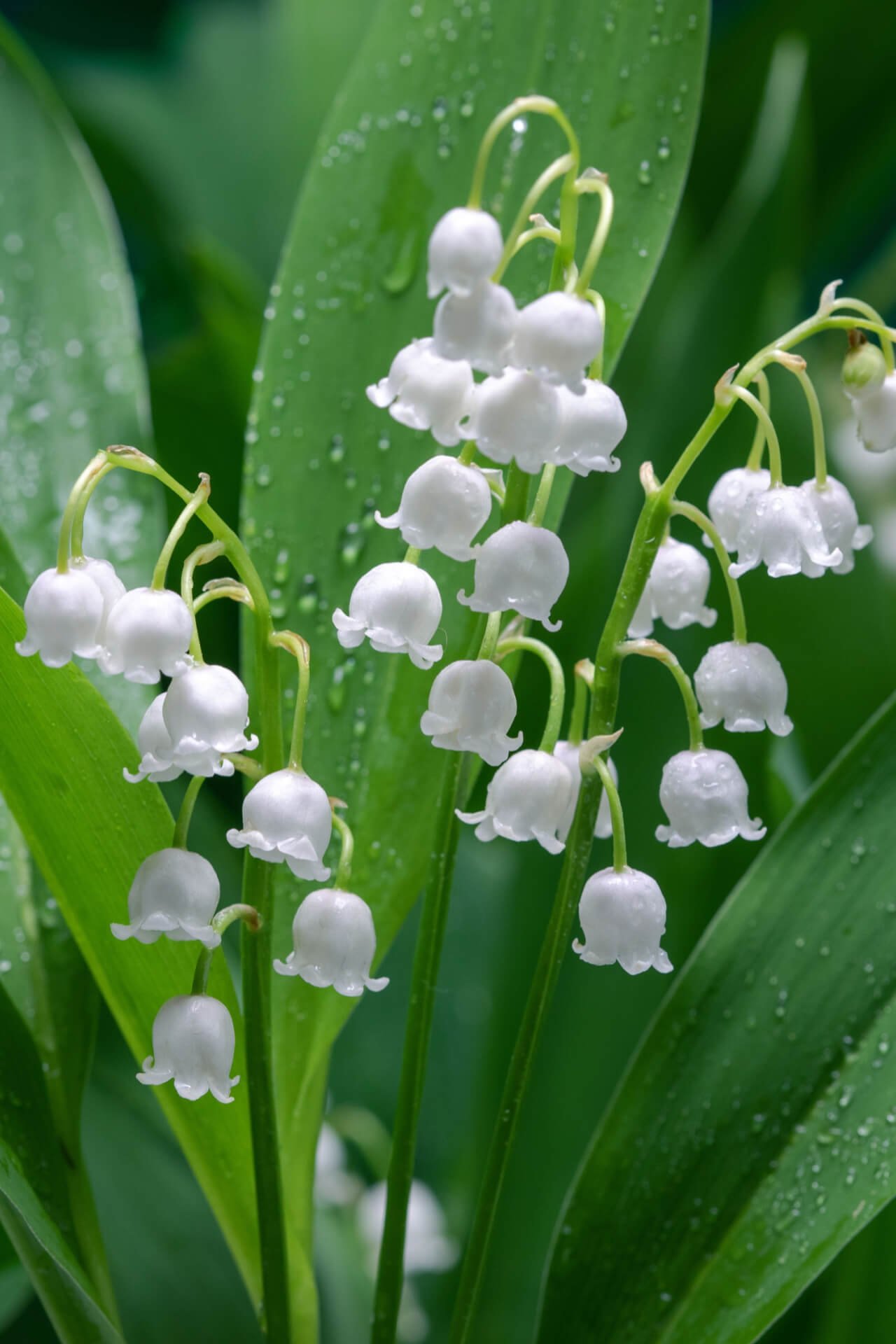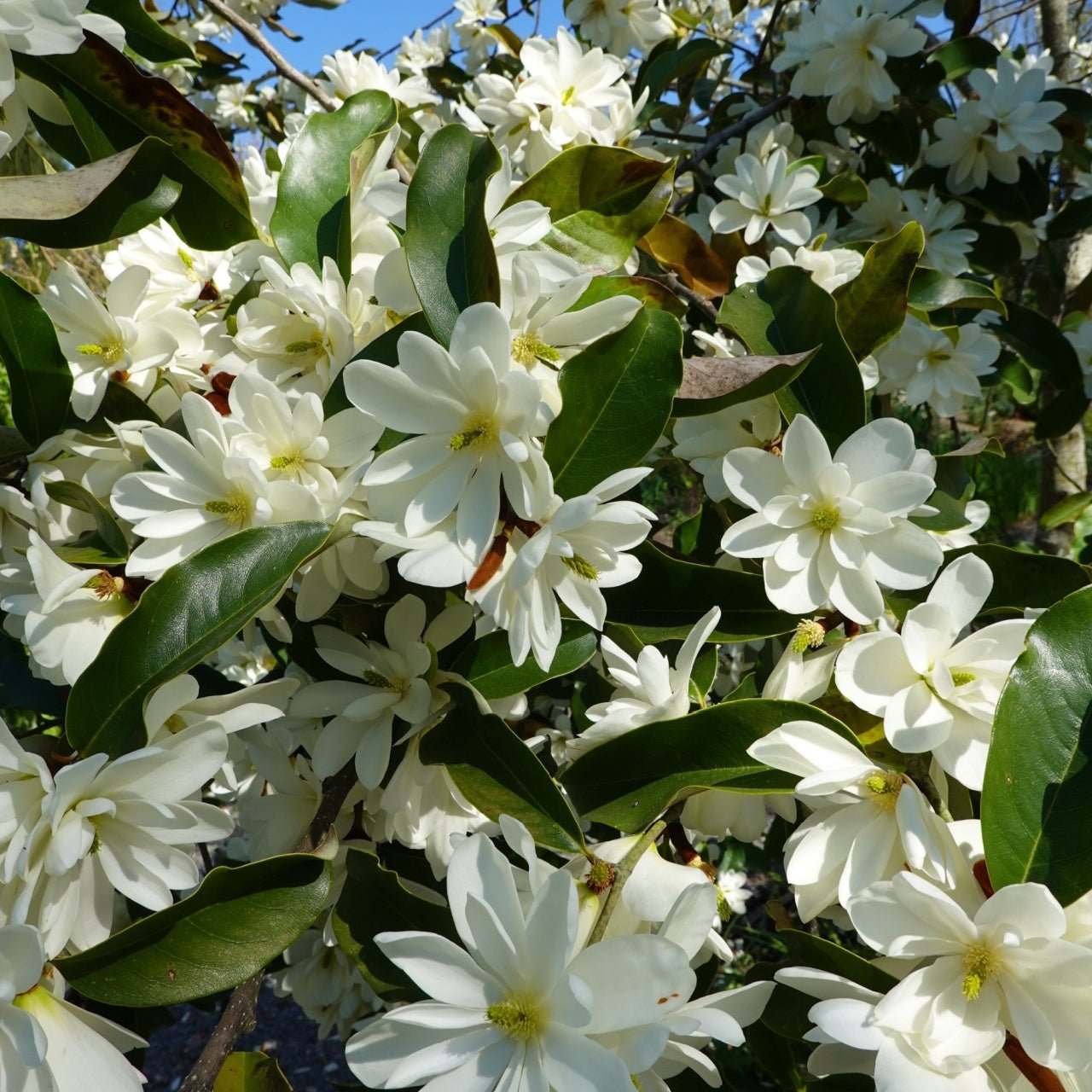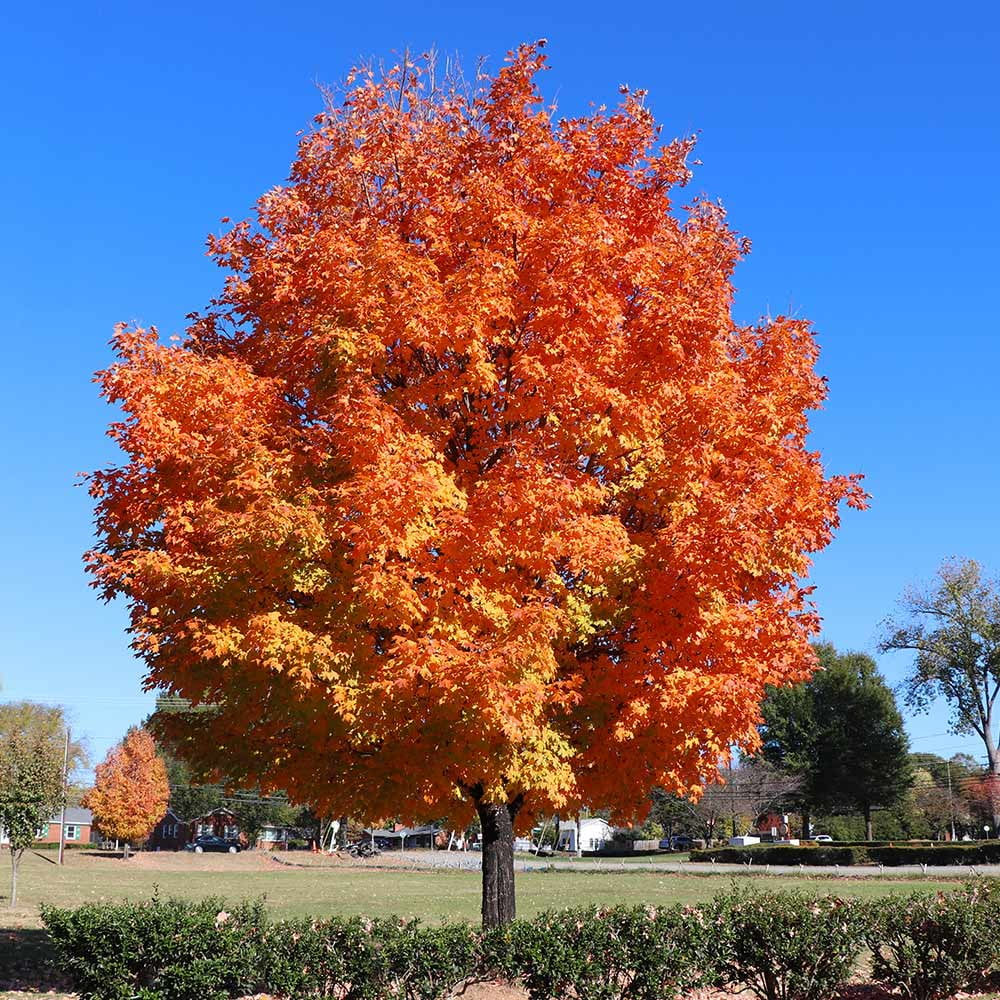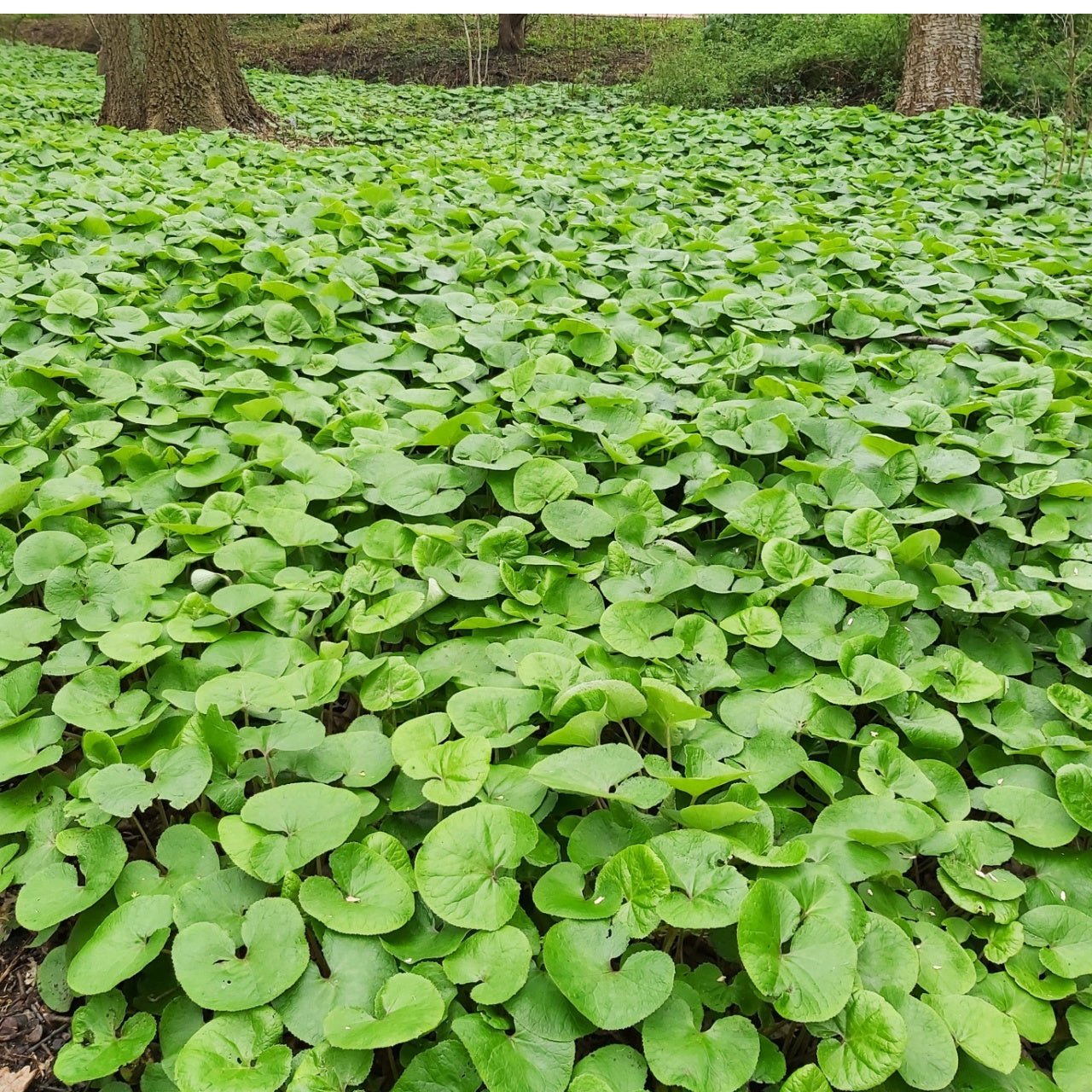Trees are often planted along streets in cities to reduce the urban heat effect. While beautiful, these trees often shade the landscape around them enough to keep turfgrass from growing. Landscaping with shade-loving plants instead of turfgrass can offer a solution.
Types of Shade
The type of shade an area receives will affect the plants that will grow there. Heavy or dense shade is the most challenging type of shade. Plants here must tolerate continuous low light conditions. Partial shade or dappled shade mimics the shade found in woodland areas and increases the number of species that will grow. Half shade means that something, usually a building, casts a shadow causing shade. For part of the day, the area may be in full sun. The other part of the day, the area is in full shade. Some sun-loving plants will grow in half shade as long as the area is sunny at least six hours a day.
Dry Shade Versus Moist Shade
Most woodlands have moist soil. Shade loving plants usually grow best in moist areas. The adaptations that make shade plants do well in the shade, such as thin leaves with lots of pores make them highly susceptible to drought. Conversely, the adaptions of plants who are drought tolerant, such as small leaves, make it hard for them to grow in shade.
Conifer areas are a case in point. Mature spruce trees shed snow easily and use a lot of water. The are under their canopy is often quite dry. Typical shade plants struggle to grow in such conditions. There are, however, a few shade plants that do well in dry shade. Here are three suggested plants for dry shade.
Columbine

Columbine is native to the Eastern United States. It comes in a variety of colors, but the native one is red with yellow stamins. This plant grows 1-3 feet tall and spreads to about 1.5 feet. The foliage is green with three to five lobes. Columbine attracts bees, butterflies, and hummingbirds. Birds eat the seeds.
Lily of the Valley

Lily of the Valley has long, green leaves and white bell-shaped flowers. It grows to a height of ten inches and a spread of twelve inches. Lily of the valley can spread aggressively under ideal growing conditions. While beautiful, all parts of the plant are poisonous to dogs, cats, horses, and humans.
Hosta

Hostas come in a variety of shapes and sizes. Some have solid green leaves, while others have variegated leaves. There is even one with blue-green leaves. They do well in shade and their leaves can burn or fade in heavy sun. Dappled shade is ideal, but part shade or even full shade work for this plant. Hostas range from four inches tall to just over 2.5 feet tall, so you can probably find a Hosta to fit your landscape.
Texture, Form, And Foliage Color Rule
Most shade-loving plants do not have long, continuous blooms. They may have colored blooms that do not last long or tiny flowers that are hard to see. By using texture, form, and colored foliage instead of blooms to choose plants, you can grow a very beautiful shade garden.
Texture
Using plants with different textures provides both sensual and visual interest. A plant like lamb’s ear, an herb with a soft, fuzzy leaf that is silver-green contrasts nicely with a plant with thick, leathery leaves like a magnolia tree. If a magnolia tree is causing the shade, lamb’s ear makes an excellent ground cover around it.
Form
Form refers to how the plant looks when growing. Trees are generally tall, as are shrubs. Perennials come in upright forms, spreading forms, and creeping forms. Mixing shade plants that have different forms creates visual interest. It also increases the species diversity, so one pest or disease won’t wipe out the whole garden.
Foliage Shape

The shape of the foliage can also be of interest. Almost everyone knows what a maple leaf looks like. It contrasts with a pine needle. However, there are lots of foliage shapes in between. For example, wild ginger has heart shaped leaves and loves shade, making it perfect for a shade garden.
Foliage Color
When you ask someone what color leaves are, most people will answer “green”. However, not all foliage is green. Some types of Japanese Maple have burgundy leaves. Other plants have foliage that is a different color than green. Of course, most deciduous plants have leaves that change color before they fall in autumn.
Many plants have leaves are variegated with white or yellow. There are also plants with yellow or white leaves variegated with green. Picking plants with different variegated patterns can add a lot of interest to a shade garden. Many plants with variegated leaves love shade. In fact, some plants have variegated leaves that fade in the sunlight.
Bloom Color
Many shade plants have what biologists term “insignificant” flowers and are planted for the foliage. These are some shade plants that produce pretty flowers. Most of them only bloom for a few weeks, however. Bugleweed is an example and makes a nice ground cover with blue flowers.
Planters
A disadvantage of planting under shade trees is the tree roots. Tree roots can absorb a great deal of water and nutrients. They also take up space in the soil so other plants can’t flourish.
To avoid these problems, you can use planters and urns to hold shade-loving plants that are placed around the area. In parts of the landscape that see a high level of traffic, these planters should be too big to be easily removed or stolen.
Putting shade loving plants that spread aggressively in planters will help keep them from taking over the landscape. Herb gardeners do this with mint, which is very aggressive.
Using planters to hold perennials does mean you will need to water them more often than other parts of the landscape. Limited soil volume means the soil will dry out more quickly than the soil around in-ground plants. Drip irrigation that comes on twice daily may be necessary if you live in a hot climate.
You can make an attractive shade garden using a variety of plants with interesting textures, forms, and foliage colors. Shade gardens are a viable option for areas too shady for turfgrass.
Read more

TN Nursery offers mature, blooming age perennial plants. Low Prices and The Best Deals Online of Off.

Perennials are plants that come back year after year. You may have heard that you are supposed to divide perennials without knowing what that means for your particular plant. I will walk you thro...


